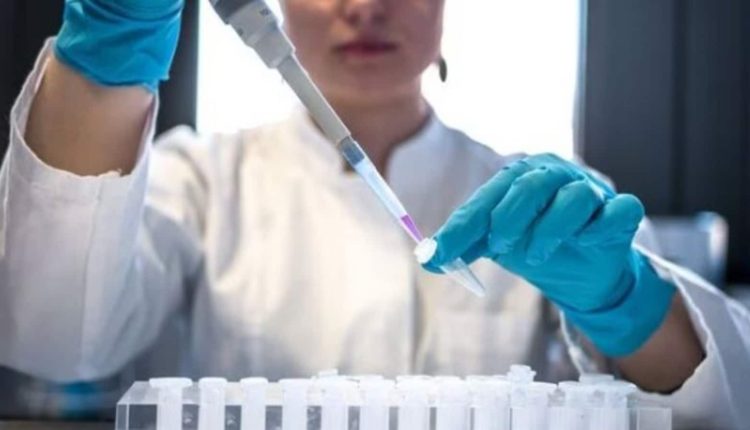In a major breakthrough in the world of In Vitro Fertilisation (IVF) and human reproduction, a team of scientists in the US and the UK has developed the world’s first ever synthetic human embryo-like structures using stem cells.
Read here: NASA discovers ‘phosphorous’, key element for life, on Saturn’s moon Enceladus
This major development reportedly dodges the need for eggs or sperms for the creation of human embryos.
According to the report by The Guardian (article beyond paywall), these embryos resemble natural embryos in the earliest stages of human development. While they lack a beating heart or the beginnings of a brain, they contain cells that would give rise to the placenta, yolk sac and the embryo. These models would also help scientists understand the impact of genetic disorders and the biological reasons behind recurrent miscarriages.
Professor Magdalena Żernicka-Goetz of the University of Cambridge and the California Institute of Technology, who is leading the research, said, “Our human model is the first three-lineage human embryo model that specifies amnion and germ cells, precursor cells of egg and sperm.”
However, the research also raises major ethical and legal consequences as the use of synthetic embryos for clinical purposes is not legally imminent in the UK and most other countries. Implanting them into a patient’s womb is currently illegal, and it remains uncertain whether these structures have the potential to progress beyond the earliest stages of development. Scientists at present are allowed to cultivate embryos in the lab for a duration of 14 days.
The research was reportedly inferred on Wednesday in a plenary address at the International Society for Stem Cell Research’s annual meeting in US’ Boston. However, the deets of the latest findings from the Cambridge-Caltech lab, are yet to be published in a journal paper.
Goetz and her team, along with a rival team in Israel, had previously described creating model embryo-like structures from mouse stem cells. Those “embryoids” showed the beginnings of a brain, heart and intestinal tract after about eight days of development, the report added.
Goetz told CNN, (article beyond paywall) that the embryo-like structures her lab has created are also the first to have germ cells that would go on to develop into egg and sperm.
Robin Lovell-Badge, head of stem cell biology and developmental genetics at the Francis Crick Institute in London, told the news outlet, “The idea is that if you really model normal human embryonic development using stem cells, you can gain an awful lot of information about how we begin development, what can go wrong, without having to use early embryos for research.”
Read here: Placenta plays an important role in genetic risk of schizophrenia, study finds
Researchers are in a hope that the synthetic human embryos would shed light on the “black box” of human development.


